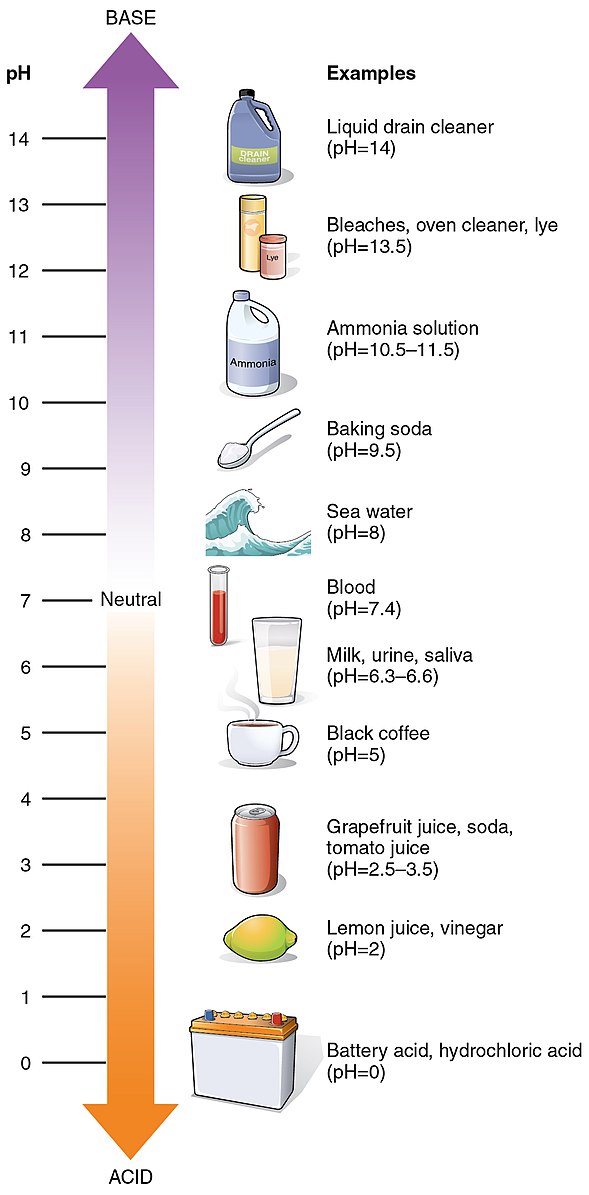The optimal level of fluoride in drinking water for the prevention of dental caries is 0.7 milligrams per liter (mg/L), as recommended by the U.S. Public Health Service (PHS) in 2015. However, the toxicity of fluoride can be modulated by pH, making it crucial to understand the relationship between pH and fluoride in water.
Understanding the pH-Fluoride Relationship
Fluoride (F−) can reversibly associate with hydrogen ions (H+) to form hydrofluoric acid (HF). This process is highly dependent on the pH of the water. At a lower pH (around 6.0), the formation of HF increases significantly, around 25-fold compared to a pH of 7.4. This low pH environment can enhance the entry of F− into cells, causing increased cell stress and compromising the function of ameloblasts, the cells responsible for enamel formation. This can lead to the development of dental fluorosis, a condition characterized by changes in the appearance of the dental enamel.
Fluoride Levels in Beverages and Water
 Image source: OpenStax College
Image source: OpenStax College
Ingesting excessive fluoride from different sources, including bottled drinking water and flavored beverages or soft drinks, can contribute to the development of dental fluorosis, especially in children. A study in Malaysia found that the mean fluoride content in both packet and hawkers’ drinks was approximately 7 times higher than in bottled drinking water. Additionally, the mean pH of bottled-drinking water was near neutral, but acidic for both supermarket and hawkers’ drinks.
Balancing the pH of Fluoride-Containing Water
To balance the pH of fluoride-containing water, one can use alkaline substances such as sodium bicarbonate or calcium carbonate to raise the pH level. However, it is crucial to ensure that the pH does not exceed 8.0, as high pH levels can also have adverse effects on dental health.
Home Remedies and Dental Health
Regarding home remedies, it is essential to maintain a balanced diet and good oral hygiene practices. Consuming foods rich in calcium, such as dairy products, can help counteract the effects of fluoride on dental health. Regularly brushing and flossing teeth can also help remove excess fluoride and prevent dental fluorosis.
Optimal Fluoride Levels and pH Considerations
The optimal level of fluoride in drinking water is 0.7 mg/L, as recommended by the PHS. However, the pH of fluoride-containing water should be carefully monitored and adjusted if necessary to prevent dental fluorosis and dental erosion. Maintaining a balanced diet and practicing good oral hygiene can also help mitigate the effects of fluoride on dental health.
Conclusion
In conclusion, the pH of fluoride-containing water is a crucial factor in maintaining dental health. By understanding the relationship between pH and fluoride, and taking appropriate measures to balance the pH, individuals can ensure that they are consuming water with the optimal fluoride levels while minimizing the risk of dental fluorosis and other dental health issues.
References:
– Centers for Disease Control and Prevention (CDC) – Public Service Recommendations
– National Institutes of Health (NIH) – The Biological Basis of Dental Fluorosis
– National Institutes of Health (NIH) – Fluoride Content and pH Levels of Bottled Drinking Water, Supermarket Sold Juices and Market Sold Drinks in Malaysia
